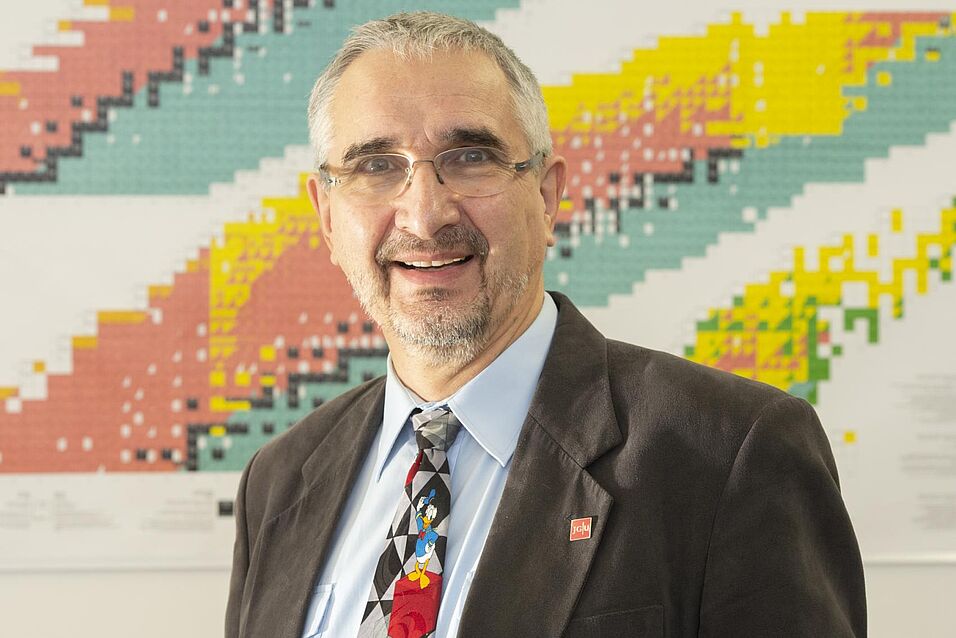Vortrag im Rahmen des University of Vienna Physics Colloquiums
The combination of state-of-the-art laser resonance ionization spectroscopy with sensitive mass spectrometry gives access to rare elements or isotopes almost entirely free of interferences and background. Spectroscopic investigations on stable and radioactive isotopes in the range of the lanthanides and the isoelectronic actinides are discussed, which provide valuable information on atomic and nuclear structure in this specific range of Periodic table or nuclear chart. Aside of exhibiting signs of quantum chaos in the complex atomic systems the studies open up new perspectives for laser spectroscopy towards super heavy elements as well as selective ultratrace analytics on minor actinides by using laser mass spectrometry.
A light lunch buffet will be offered before the lecture at around 13:00.

